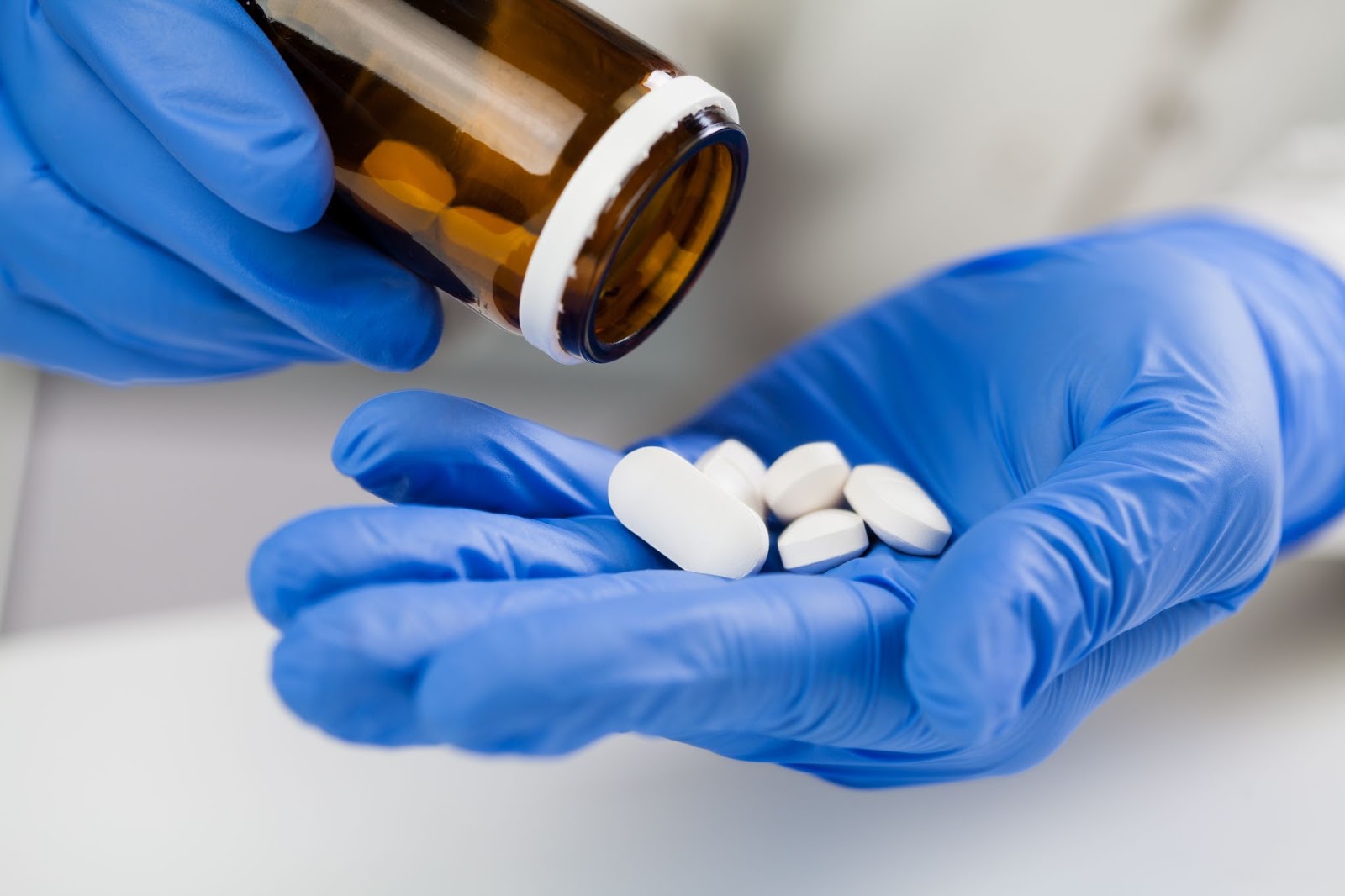Nurses handle medications on a regular basis but we don’t usually think about the occupational and environmental exposures that we are creating for ourselves and others. During CA ANHE’s recent workshop on Chemicals in our Everyday Lives, Azita Amiri, RN, PhD, presented her research regarding nurses’ exposures to pharmaceuticals when we split and crush pills in order to give them to our pediatric and elderly patients. What Dr. Amiri discovered was that nurses are creating tiny air pollution particles that they can easily inhale when they are splitting and crushing pills. Her research is the first of its kind and is helping to start an important occupational health conversation.
Nurses’ Adult-onset Asthma Diagnosis
We know that nurses are the second highest employee category to have a diagnosis of adult-onset asthma, second only to janitors. The interesting similarities are that both nurses and janitors are exposed to lots of cleaning and disinfectant products. But we also know, in terms of nurses, that several medications that we administer regularly can cause asthma or trigger symptoms in a person with asthma, although they might do both. The drugs that increase the risk of asthma include some antihypertensives, laxatives, antituberculars, and H2 blockers.
The active chemicals in pharmaceuticals can produce effects at phenomenally low levels, down to parts per billion, which is why it’s so important to address nurses’ and other health care workers’ exposures to medication particles. While medications are really important for our patients, we know that many of them come with “side effects.” These “side effects” are actually toxic effects – they are the unintended effects.
More Questions than Answers
When the Food and Drug Administration approves pharmaceuticals, they require the drug companies to list all of the known side effects that were observed during the clinical trials for the medication. The FDA weighs the relative therapeutic effects against the side effects when approving pharmaceuticals. Nevertheless, all medications have potential negative effects. The question is, what health risks might these exposures be creating for the nurses who are regularly administering medications? The answer is going to require a deeper dive and more research. In the meantime, Dr. Amiri has approached the National Institute of Occupational Safety and Health (NIOSH), the research arm of the regulatory agency Occupational Safety and Health Administration (OSHA), to discuss how we might alert health care institutions regarding these concerns.
Antidepressants in Fish Brain Tissue
From an environmental exposures’ perspective, pharmaceuticals have been found in our rivers and streams, fish, wildlife, and even in our drinking water. Drugs in our fresh water ways isn’t a new phenomenon. Active pharmaceutical ingredients (APIs) have been in the water since humans first started using and excreting drugs. But we’re just beginning to recognize the magnitude of the problem. It is estimated that in 2019, 4.38 billion retail prescriptions were filled throughout the United States.
The U.S. Geological Survey has detected codeine, sulfa drugs, hormone replacement therapies (such as estradiol), and many other medications in a wide swath of surface waters around the country. Tissue samples of the nation’s fish reveal that these drugs are being absorbed in fish, resulting in body burdens of pharmaceuticals that may travel up the food chain. These antidepressant medications have even been found in fish brains.
Drugs Up and Down Stream
When patients take their medications, it is common for some of the medication to be excreted in their urine and feces, which in turn winds up in sewage treatment facilities or septic systems. When we flush unused medications down the toilet, they wind up in the same place. Sewage treatment does not necessarily eliminate medications and when treated water is released from the treatment facility it is often released into local surface water, like rivers.
About half the country derives its drinking water from surface water sources, yet no one knows how many active pharmaceutical ingredients are in circulation nor what percent is derived from human excretion, animal excretion from veterinary use (particularly in agriculture), disposal activities, or manufacturing activities. Our current drinking water standards don’t require testing for APIs. So, we have lots of opportunities for improvements, innovations, and interventions.
Prevention: Nurses can help reduce the number of drugs in circulation. For example, nurse practitioners can prescribe smaller drug quantities, particularly with first-time prescriptions, thus preventing an excess of unused drugs if a patient has a bad reaction or decides to discontinue the drug.
Advocacy: Nurses can advocate for improved formulations of pharmaceuticals that apply “green chemistry” strategies, as well as for development of individualized, highly targeted drugs. Such formulations could lead to safer and more efficient chemicals (requiring a lower quantity).
In the coming years, we can expect the number of unused pharmaceuticals to continue to grow. Nurses should be at the forefront for demanding the creation and use of the best science to develop public health policies and safe disposal methods—for human health and the health of our ecosystems.
Barbara Sattler, RN, DrPH, FAAN
Professor Emeritus, University of San Francisco
BOD Member, Alliance of Nurses for Healthy Environments (ANHE)
Leadership Council, CA Nurses for Environmental Health & Justice




